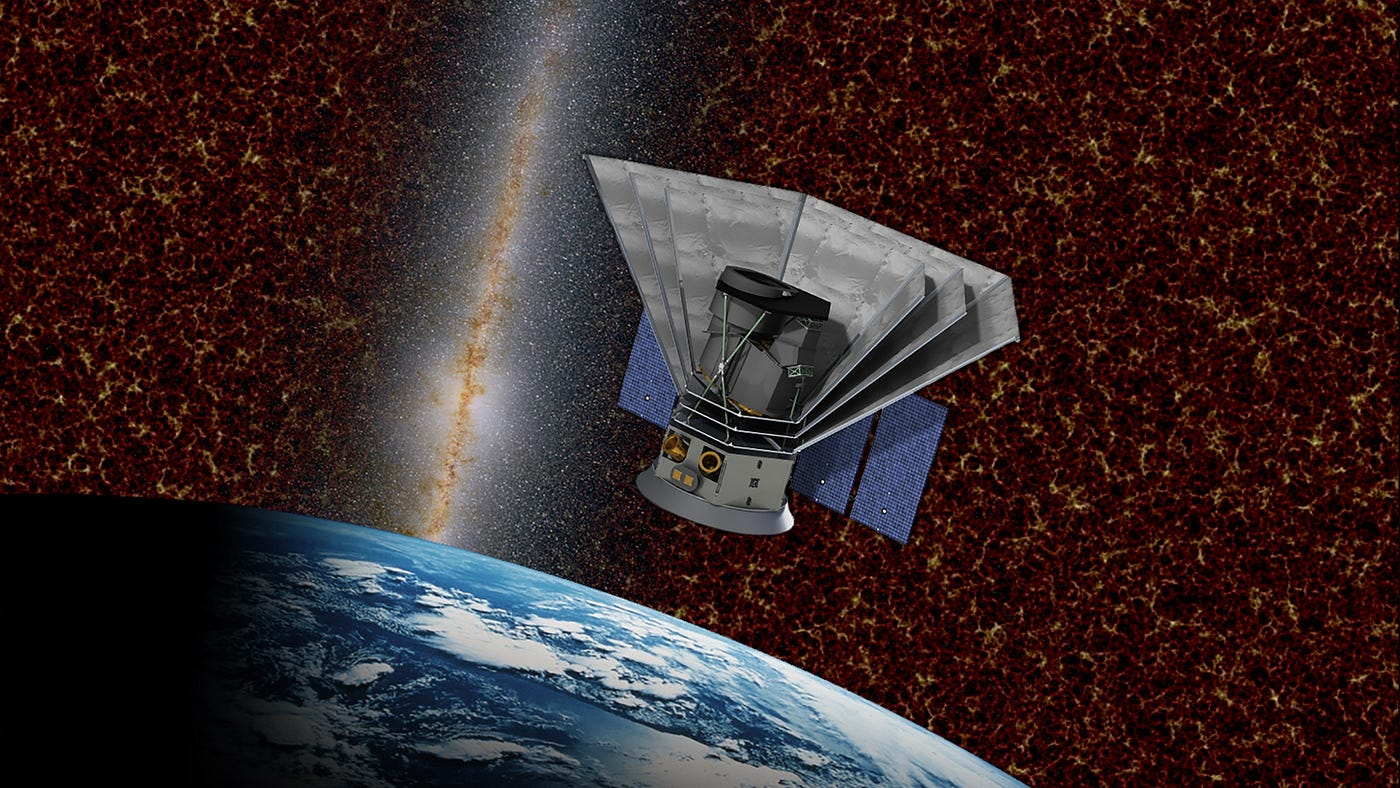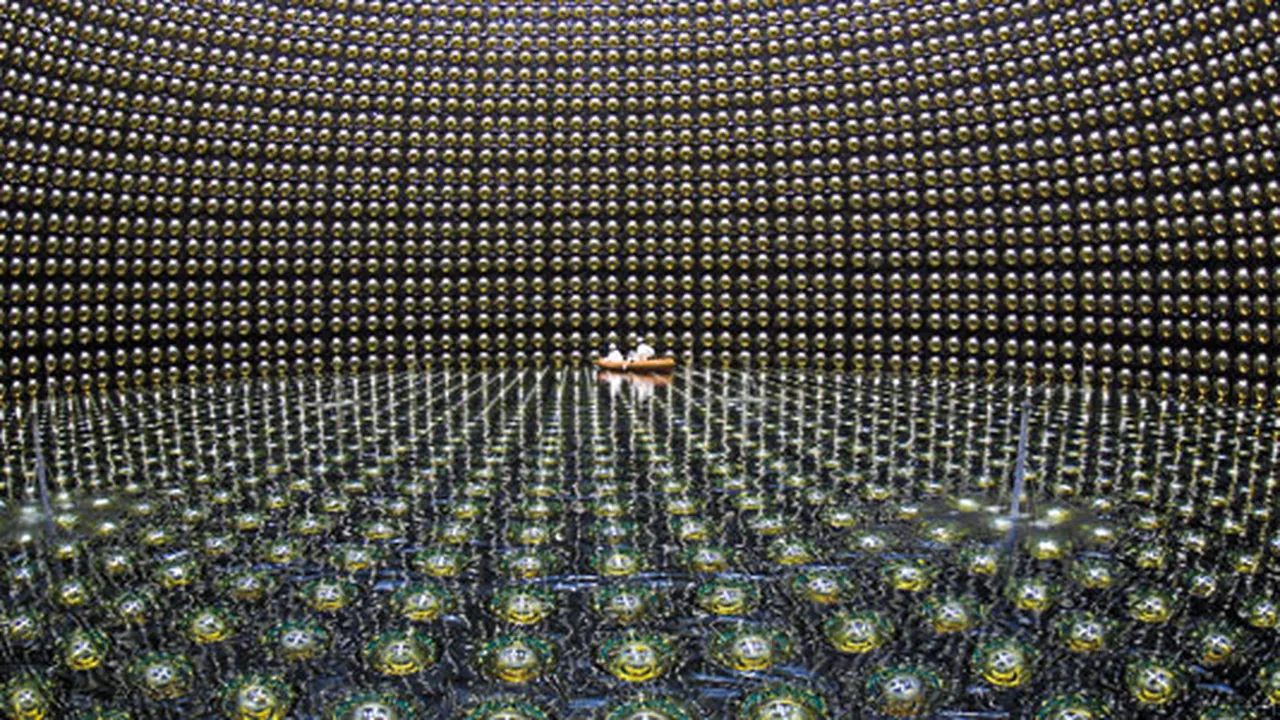zoomacademia.com – Snow is one of nature’s most beautiful and fascinating phenomena, transforming landscapes into serene, white wonderlands. But how exactly does snow form? The process behind snowfall is a captivating combination of temperature, moisture, and atmospheric conditions. Let’s dive into the science of how snow is made.
1. The Role of Water Vapor and Temperature
Snow starts its journey in the Earth’s atmosphere. For snow to form, two key ingredients are necessary: cold temperatures and moisture in the air. The process begins when water vapor in the air cools and condenses into clouds. These clouds consist of tiny water droplets that remain in liquid form even at below-freezing temperatures.
However, for snow to form instead of rain, the air temperature must be at or below freezing point (32°F or 0°C) both at the cloud level and near the ground.
2. The Formation of Ice Crystals
Snow forms inside clouds when the air temperature drops well below freezing, typically around -10°C (14°F) or lower. At these low temperatures, water vapor changes directly from gas to solid without becoming a liquid, forming ice crystals. This process is called deposition.
Each ice crystal starts on a tiny particle, such as a speck of dust or pollen, called a nuclei. These ice crystals then grow by absorbing additional water vapor from the surrounding air, adding layers of frozen water and gradually developing into intricate patterns.
3. The Structure of Snowflakes
As the ice crystals grow, they begin to take on the shape of a snowflake. The shape of a snowflake is influenced by the temperature and humidity of the cloud. At certain temperatures, snowflakes can develop six-sided (hexagonal) shapes, forming complex and symmetrical designs.
Interestingly, no two snowflakes are exactly alike. While they all have six sides due to the structure of water molecules, variations in temperature, humidity, and airflow as the snowflake falls create endless possibilities for unique patterns.
4. From Cloud to Ground: The Descent of Snowflakes
Once the ice crystals grow large and heavy enough, they begin to fall to the ground as snowflakes. As the snowflakes descend, the conditions they encounter will determine whether they reach the surface as snow or melt into rain. If the air temperature between the cloud and the ground remains below freezing, the snowflakes will maintain their solid form and accumulate on the ground.
However, if the air warms up during their descent, the snowflakes can partially melt and turn into sleet or completely melt into rain before hitting the ground.
5. What Conditions Are Needed for Snowfall?
For snow to reach the ground, a few atmospheric conditions must align:
- Cold air temperature: The entire atmospheric column, from the cloud to the surface, must be at or near freezing temperatures.
- Sufficient moisture: There must be enough water vapor in the atmosphere to produce precipitation.
- Clouds and condensation nuclei: Clouds with ice crystals and condensation nuclei (like dust particles) are essential for the formation of snowflakes.
If all these factors are present, snow can form and fall to the ground, creating a winter wonderland.
6. Why Is Snow White?
Snow appears white because of the way light interacts with the ice crystals. Snowflakes have many facets that scatter light in all directions. This scattering causes light to be reflected, giving snow its bright, white appearance. Even though snow is made up of clear ice, the multiple reflections make it appear white to the human eye.
7. Types of Snowfall
Not all snow is the same. Depending on the temperature and humidity, snowfall can vary in texture and density. Some common types of snow include:
- Powder snow: Light, fluffy snow that forms in cold, dry conditions. This type is beloved by skiers and snowboarders.
- Wet snow: Heavier, denser snow that forms when temperatures are near freezing. It’s perfect for building snowmen and snowballs.
- Graupel: Soft, pellet-like snow that forms when supercooled water droplets freeze onto snowflakes, giving them a rime-covered appearance.
8. Conclusion: The Beauty of Snow
The formation of snow is a delicate and intricate process that depends on the perfect balance of cold temperatures, moisture, and atmospheric conditions. Whether it’s the gentle flutter of light snowflakes or a thick blanket of snow covering the ground, the process of how snow is made highlights the remarkable complexity of nature. From ice crystal formation to the descent of snowflakes, this wintry wonder continues to captivate people worldwide.







